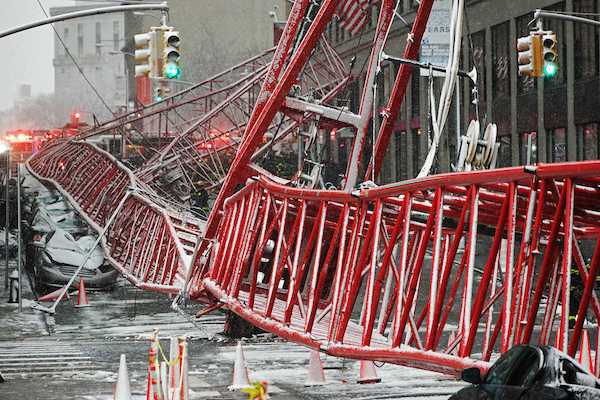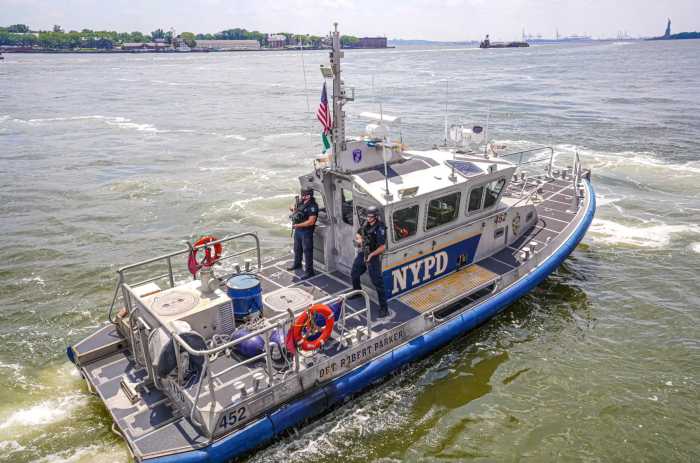
BY COLIN MIXSON | Mayor Bill de Blasio on May 10 signed into law a bill sponsored by Manhattan City Councilmember Margaret Chin requiring city cranes to be outfitted with tracking devices, the first legislative step in the city’s continuing crackdown on the towering construction devices and their crews following the tragic crane collapse in Tribeca that claimed a man’s life last year.
“By signing this bill into law today, we are increasing safety to a standard that residents, workers, and visitors have a right to expect,” said Chin.
The new law specifically requires GPS devices to be installed on mobile cranes — one of the 23 recommendations made by a task force convened by de Blasio following the harrowing February 2016 Tribeca collapse.
The sheer number of mobile cranes licensed to operate in New York City — combined with their ability to quickly relocate — can make tracking them difficult despite their towering stature, according to the task force’s report.
By equipping the cranes with GPS technology, the Department of Buildings can better dispatch inspectors to construction sites and ensure city ordinances are followed to the letter, according to the task force.
Chin has also introduced another, more technical bill requiring certain measures to be taken by crane crews — including erecting safety zones and formulating safety plans based on wind speeds — which has yet to clear committee.
Chin has taken the lead on implementing task force recommendations that require legislative action, while Building’s Commissioner Rick Chandler has implemented a number of other regulations advocated by the task force, including forbidding certain crane configurations from operating in winds of above 20 miles per hour, requiring the installation of wind-monitoring devices, and mandating that contractors hire on-site lift coordinators.
While the city seeks to tighten regulations governing construction cranes, federal investigators from the US Department of Labor placed the blame for the Tribeca collapse on contractor Galasso Trucking and Rigging, to which it issued two violations related to the deadly crash, carrying fines totaling $22,448.
An investigation by the Department of Buildings, on the other hand, held crane operator Kevin Reilly responsible for the crash, and moved to suspend the crane man’s license, while advocating that the Office of Administrative Trials and Hearing revoke his license permanently.




































